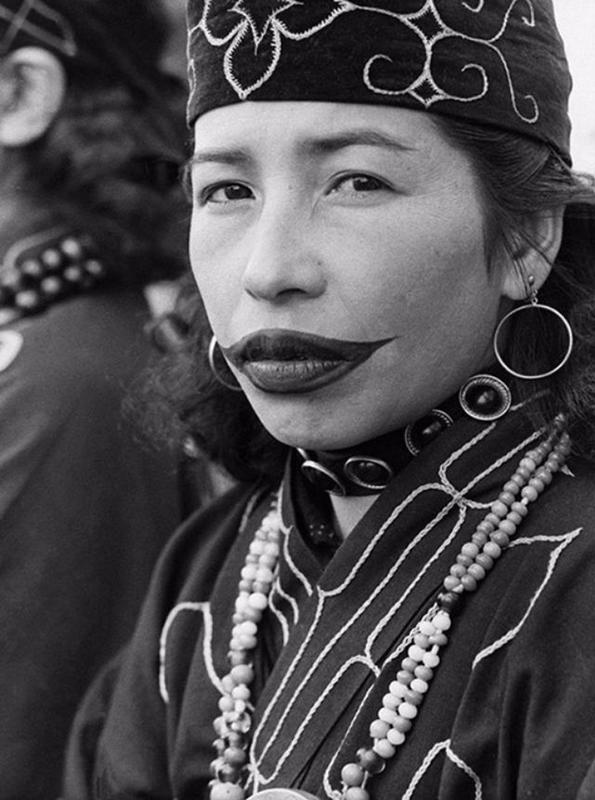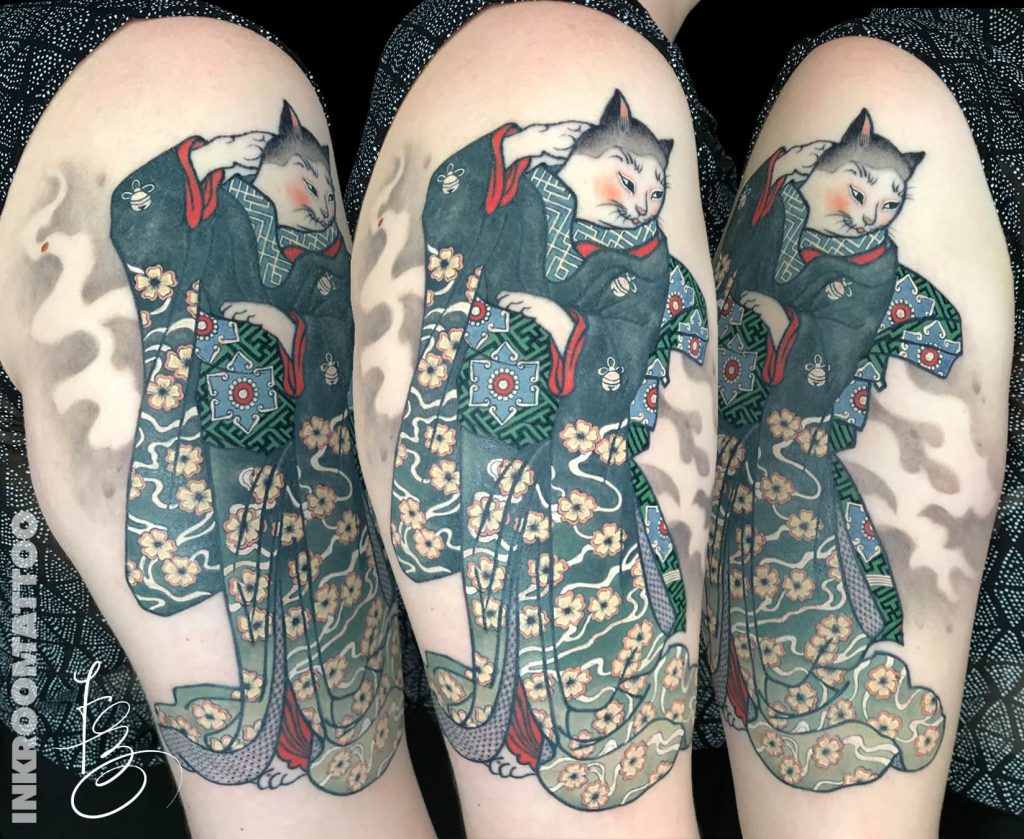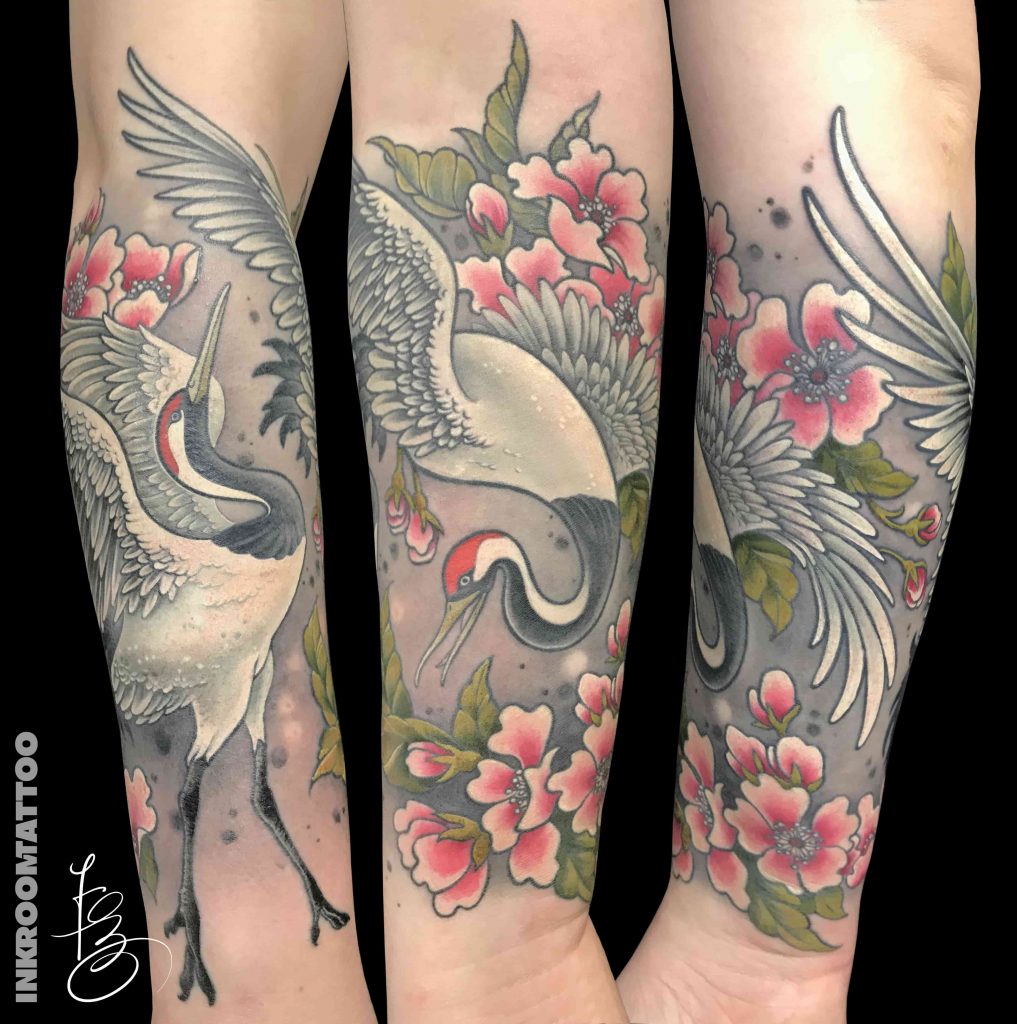In this article, we explore the history and visual language of Oriental tattoos.
Flaming dragons, pale pink cherry blossoms dancing in the wind, elegant geishas… These are the iconic elements of Irezumi, the traditional Japanese tattoo style. With its ancient roots, it remains one of the most respected genres in the tattoo community.
History
The foundations of Japanese tattooing can be traced back nearly 5,000 years to primitive clay figures adorned with tribal markings, found in ancient burial sites across the continent. There are also old Chinese texts referencing the Japanese tattoo tradition. While it appears that tattooing was once a vibrant form of folk art, it quickly became stigmatized. Criminals were marked with tattoos as a form of punishment—often with bands, symbols, Japanese characters, or dots placed on the arms or forehead.

Some indigenous Japanese tribes were known for their mouth tattoos. These designs were not only markers of social status and adulthood but were also deeply sacred and spiritual. They were believed to ward off demons and disease, protect the wearer, and bring safety. Over time, the Japanese tattoo tradition became increasingly associated with negativity. In the late 1800s, it was officially banned. Still, many continued practicing the art of Japanese tattooing—especially those in the lower social classes, such as firefighters, laborers, and members of underground groups resisting governmental control. For them, ink became a symbol of bravery, not just because of its illegality but also due to the intense pain of the long tattooing process.
Japanese Tattoo as a Style
Visual Themes and Elements
Ukiyo-e, which translates to “pictures of the floating world,” is perhaps the most widely recognized Japanese art form. These works depict beautiful nature scenes, daily life, court ladies and peasants, war tales, spirits, animals, and even erotic moments. The Ukiyo-e style is visually distinct: rich in color, flattened perspectives, elegant illustrative lines, and unique use of negative space. It influenced not only Western artists like Monet and Van Gogh, but also artistic movements like Art Nouveau—and, of course, the Japanese tattoo style Irezumi itself.

It’s no surprise that Japanese tattoo imagery carries deep meaning.
One of the most iconic figures is the dragon, considered a wise and powerful creature in Asian culture that brings blessings to the wearer. The koi fish, another recurring symbol in Japanese tattooing, is rich in meaning. Featured in numerous legends and folktales, koi represent courage, determination, and the strength to move through life’s challenges—like a fish swimming upstream.
However, stories like that of Kintaro also show koi as stubborn and dangerous. Fu Dogs (or Chinese guardian lions) are another well-known motif. These protectors are believed to bring stability, wealth, and health to their bearers. Just like in Irezumi, the meaning of the tattoo depends on the colors used, placement on the body, and other images included in the overall concept. Irezumi is one of the foundational styles of modern tattooing and deserves full respect and admiration.
Neo-Japanese tattoos combine traditional Oriental elements with neo-traditional tattoo techniques and aesthetics. This modern interpretation has become increasingly popular, creating a fresh new look for this historically rich style.


